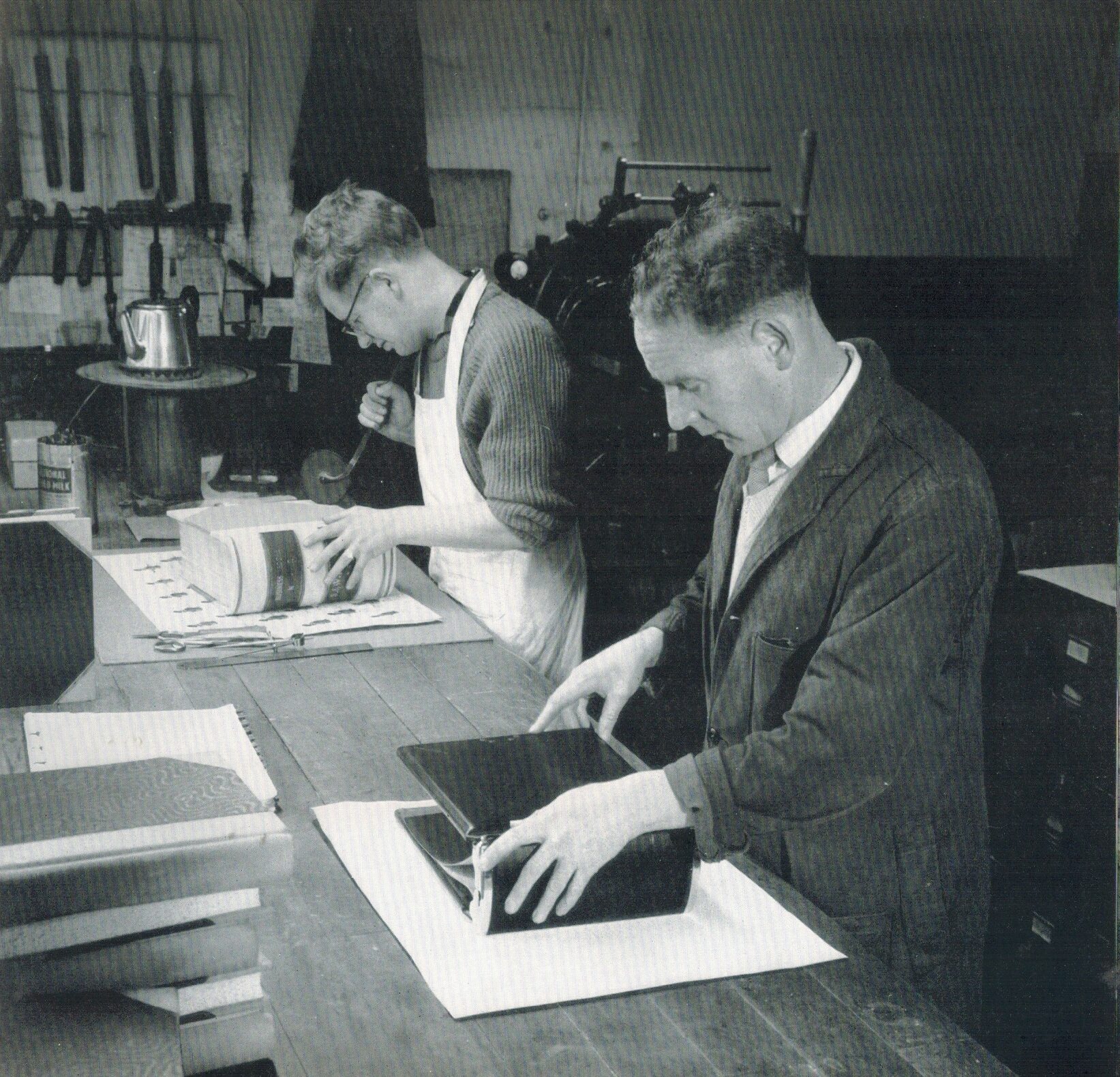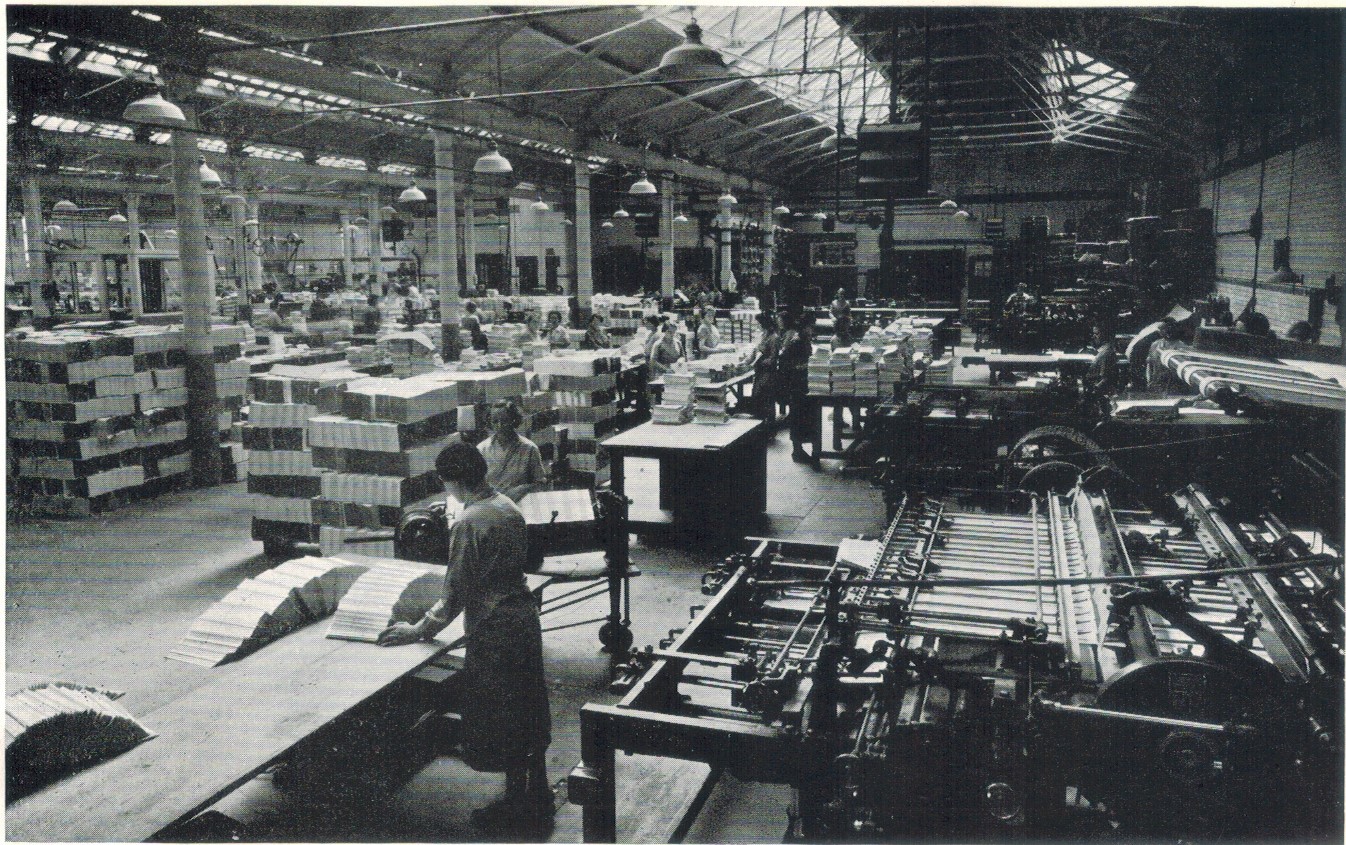 Books are bound, originally by hand, but now usually by machine, as a means of fastening the sheets of printed matter together and providing them with a protective cover.
Books are bound, originally by hand, but now usually by machine, as a means of fastening the sheets of printed matter together and providing them with a protective cover.
Until the beginning of the nineteenth century books were often sold as loose sheets in paper wrappers so that individual purchasers could decide for themselves the type of binding they required. As the cost of printing the books reduced, ways were also sought to reduce the cost of finishing the product and board bindings, and later cloth ones gradually began to take the place of leather bindings for many books.
Once printed on both sides, the sheets of paper are stacked. The layout of the pages on the sheets has been organised (‘imposed’) to ensure that when folded, the pages of the pamphlet, magazine or section of a book, will be in the correct order. The sheets are cut into sections using a guillotine, then folded, originally by hand, pressed to remove the air, and the sections gathered into the right order (’collated’). For a sewn binding the sections are sewn together, covered by a strip and trimmed to the final size. For a book with hard covers, the cover (the case) are made separately then glued to the endpapers of the book.
 Before machines were capable of undertaking these processes, the stitching was undertaken by hand. Modern paperbacks are not stitched but the sheets are glued at the back edge and card covers are then glued to form the spine.
Before machines were capable of undertaking these processes, the stitching was undertaken by hand. Modern paperbacks are not stitched but the sheets are glued at the back edge and card covers are then glued to form the spine.
The various processes were mechanised in stages during the 19th century. Some book printers had in-house binderies, but others subcontracted binding to independent firms.
Online articles include ‘Bookbinding’ from the Encyclopaedia Britannica‘s 1911 edition and T J Cobden-Sanderson’s address on ‘Bookbinding: its processes and ideal‘ which was delivered at the Royal Institution of Great Britain in 1894.
The National Library of Scotland has an online exhibition of Scottish bookbindings, as well as general information about decorative bindings. There are other online exhibitions of bookbindings held by the University of St Andrews Library and at Glasgow University Library.

